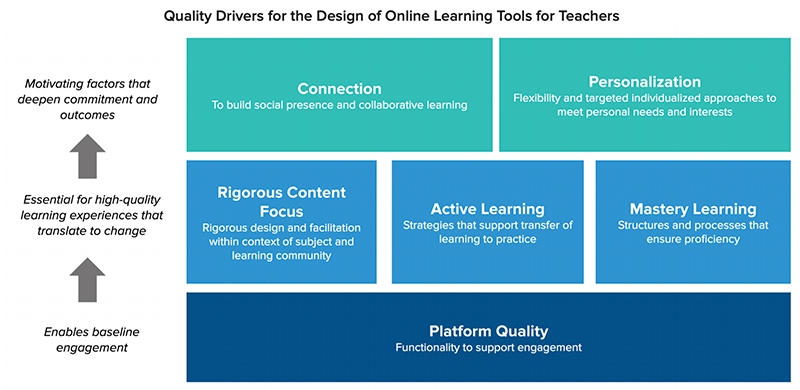
**How Discovering the Right Methods and Instructors Can Revitalize Your Yoga or Meditation Journey**
Yoga and meditation represent highly personal paths that can significantly enhance mental, emotional, and physical well-being. Yet, the success of these practices often depends on one crucial element: resonance. Whether it’s the yoga style, the meditation type, or the guidance from a certain instructor, identifying what truly connects with you as an individual can elevate your practice into a profoundly enriching and transformative experience.
In this piece, we’ll delve into how recognizing your specific needs—combined with investing the time to find the right instructor, technique, and method—can advance your yoga or meditation practice to an entirely new dimension.
—
### The Significance of Alignment in Your Practice
During the initial phases of yoga or meditation, it’s common to explore and choose whatever fits your schedule. Many of us begin with classes or routines that are convenient rather than thoughtfully selected. However, as we progress and deepen our practice, we start to appreciate the importance of alignment—not merely in poses or techniques but in the emotional and psychological bonds we create.
What works for one individual may not resonate with another—and that’s completely acceptable. For instance, some practitioners may turn to meditation or yoga primarily for stress relief, while others might utilize it for addressing deeper emotional healing, such as unresolved trauma or anxiety. The crucial insight is recognizing that your goals and your reasons for coming to your mat or meditation cushion will greatly affect what resonates best for you.
### Beyond Technique: The Significance of the Instructor
Yoga and meditation are not universal practices. Every instructor possesses their philosophy and approach, often influenced by their personal journeys and aims. While one instructor may emphasize physical strength and flexibility (common in Vinyasa yoga, for example), another’s focus might center around mindfulness, emotional release, and inner healing.
It’s not a matter of one approach being superior to another—it’s about identifying the mentor whose philosophy aligns with your personal aspirations.
For example, an individual navigating trauma or complex issues like anxiety or CPTSD may find benefit in instructors who specialize in fostering a safe and supportive atmosphere. Such instructors may employ compassionate practices like guided meditations that cultivate emotional resilience over time. Conversely, someone aiming for improved fitness or athletic performance may derive greater satisfaction from instructors offering physically demanding sequences and dynamic techniques.
### Recognizing Your Learning Style
Just as in conventional educational settings, each of us has a distinctive way of absorbing and engaging with new experiences. Some individuals are visual learners and thrive on demonstrations of yoga poses, while others might be auditory learners who engage more through verbal guidance or sounds such as singing bowls and chants.
For auditory learners, meditation styles that incorporate mantras, sound healing, or verbal guidance may feel grounding and immersive. Those who are more kinesthetic might find that focusing on how the body feels in certain positions offers a more fulfilling experience. For visual thinkers, guided visualizations or observing a teacher’s movements during a session can foster deeper connections.
Considering your learning style and how it relates to your yoga and meditation practice can transform a decent experience into one that is truly profound.
—
### Honoring Your Preferences Without Judgment
It’s equally crucial to respect your seemingly “silly” preferences without any shame or self-criticism. Sometimes, these preferences can be as specific as desiring a teacher with a soothing voice or as personal as the comfort provided by certain environments or props. Your yoga or meditation space should be a sanctuary where you feel empowered to prioritize your comfort and needs.
For instance, while one person may thrive in a lively studio filled with energy and group dynamics, others might prefer solitary or virtual experiences, meditating alone but guided by an app or online instructor.
—
### Affirmations: Accepting Yourself Where You Are
In meditation, a considerable number of practitioners find that affirmations hold great significance. However, as research indicates, affirmations must resonate with your current state. A study titled *Positive Self-Statements: Power for Some, Peril for Others* underscores the fact that affirmations are not universally effective. For individuals enduring low self-esteem, affirmations that feel unattainable may even produce a counterproductive effect, leading to frustration rather than empowerment.
Personalizing affirmations to match your unique emotional and mental state can create a significant difference. For example, someone experiencing financial or housing insecurity may find great resonance in affirmations such as:
> “I am safe. I have a home. I have financial security. I am well.”
As one yoga practitioner conveyed, incorporating affirmations like these over time helped her transition from a mindset of scarcity to one of safety and abundance. The key takeaway? Customize affirmations or guided reflections to reflect where *you* are, not where societal expectations suggest you should be.
—
### Embracing the Journey
Lastly, patience is essential. Discovering precisely what works for you